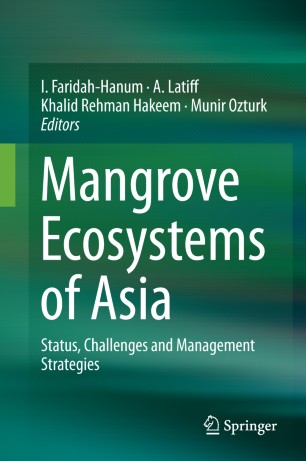Anticipating warming related to climate change, commercial mango plantations in China have been shifting from lower to higher elevations. Such a practice may expose mangoes to climatic conditions that could affect photosynthesis. Photosynthesis research on mango has previously examined mature plantations but exploring adequate functions before the time of fruit production is necessary for later crop success. Therefore, we established two main commercial mango cultivars, Tainong No. 1 and Jinhuang, at 450 m and 1,050 m and examined their photosynthetic performance. Our results showed that photosynthetic capacity parameters, including maximum photosynthetic rate, apparent quantum yield, maximum carboxylation rate, and photosynthetic electron transport rate, were significantly different between cultivars due to elevation and positively correlated with leaf nitrogen per area. Moreover, the seasonal gas exchange of the two cultivars showed variations due to elevation, particularly during the warmer seasons. Therefore, elevation affects the photosynthetic performance of these mango cultivars.
DOI:
https://doi.org/10.32615/ps.2021.040
Altmetric score:
Dimensions Citation Count:























